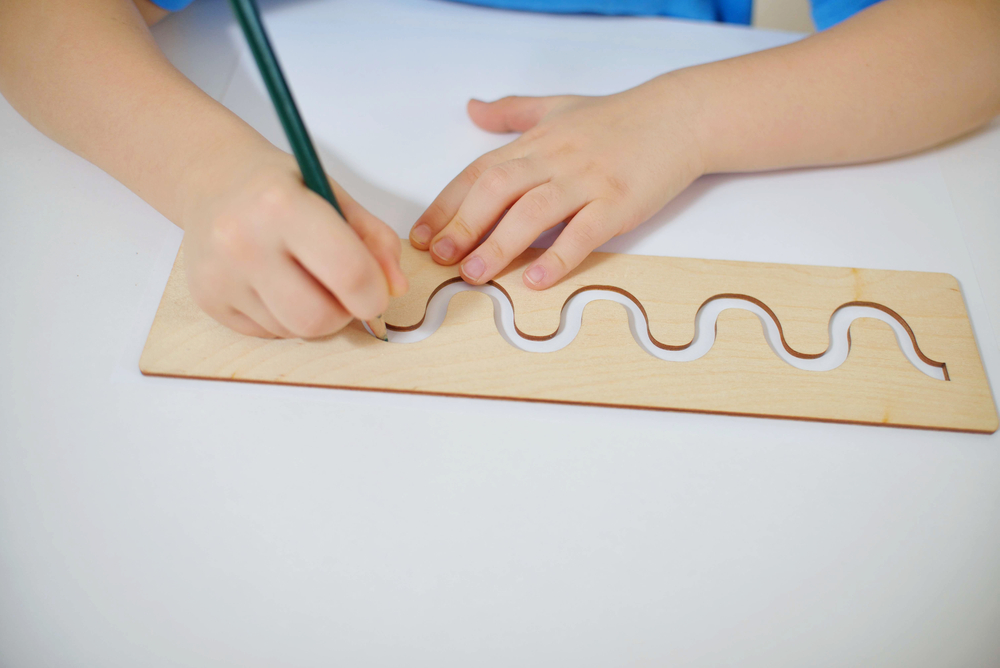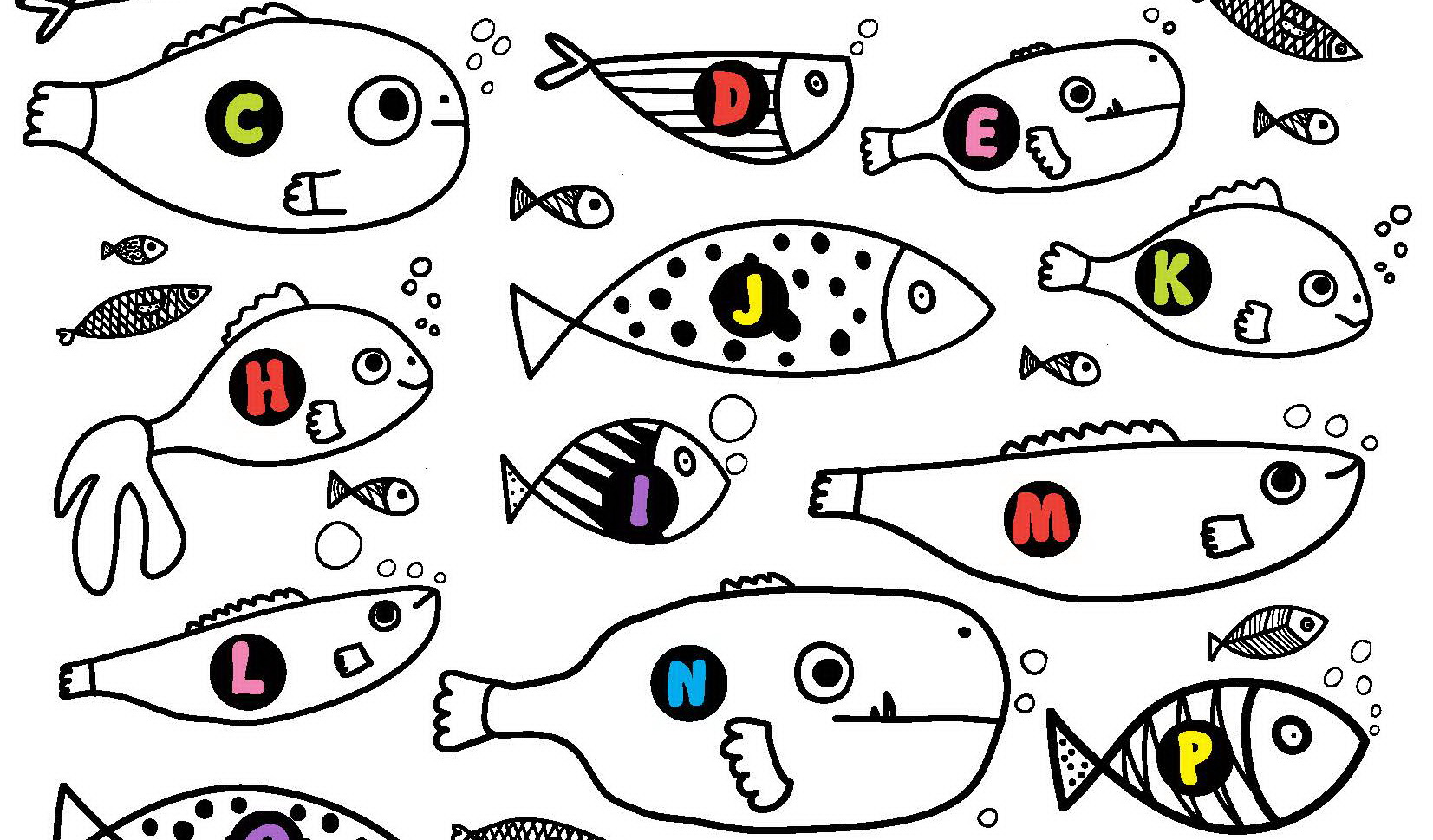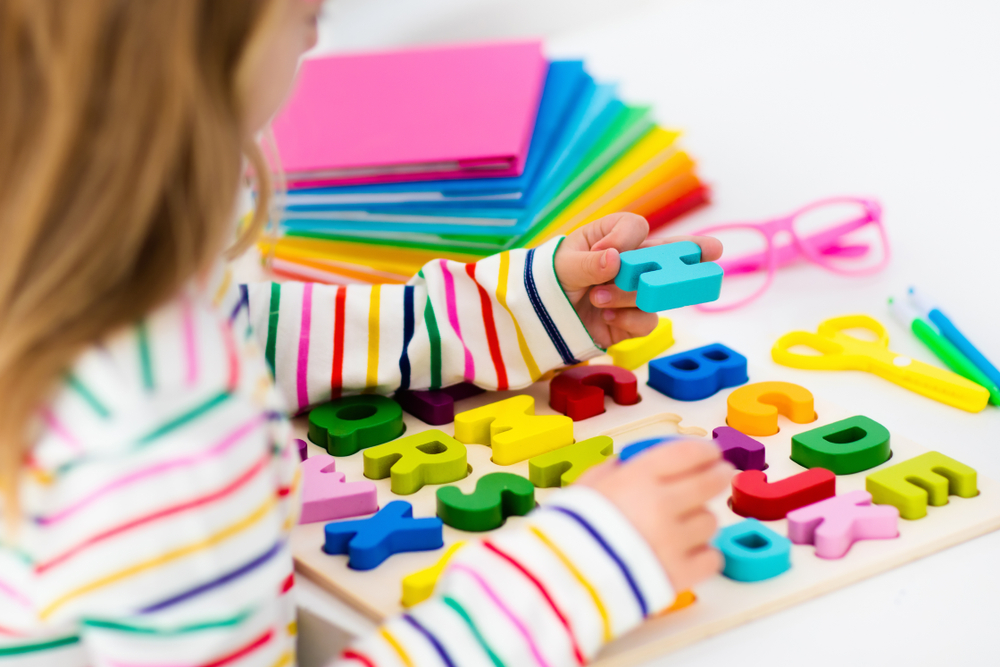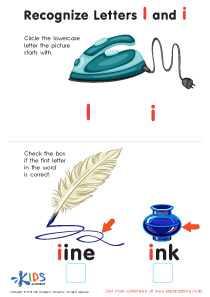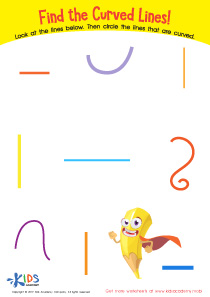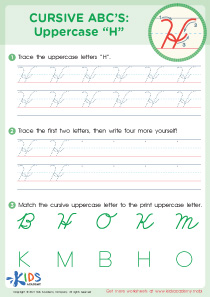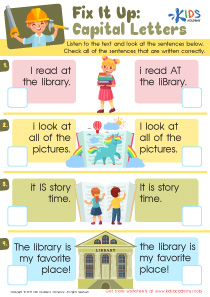Letter Tracing Practice Letter Recognition Worksheets for Ages 4-6
5 filtered results
-
From - To
Welcome to our Letter Tracing Practice and Letter Recognition Worksheets, specially designed for children aged 4-6! These engaging worksheets provide an ideal way to help young learners develop essential literacy skills. Through fun tracing exercises, kids will strengthen their fine motor skills while becoming familiar with both uppercase and lowercase letters. Each worksheet is crafted to enhance letter recognition in a playful and interactive manner, making learning enjoyable. Perfect for home or classroom use, our resources support early reading readiness and set the foundation for lifelong literacy success. Transform letter learning into a delightful adventure today!
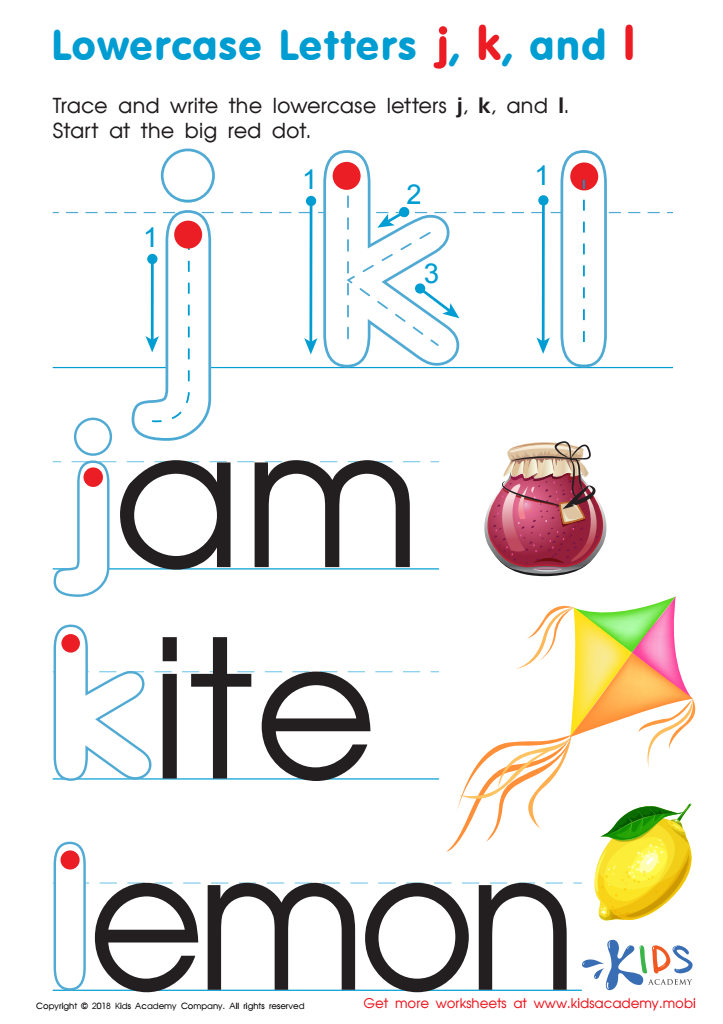

Lowercase Letters j k l Worksheet
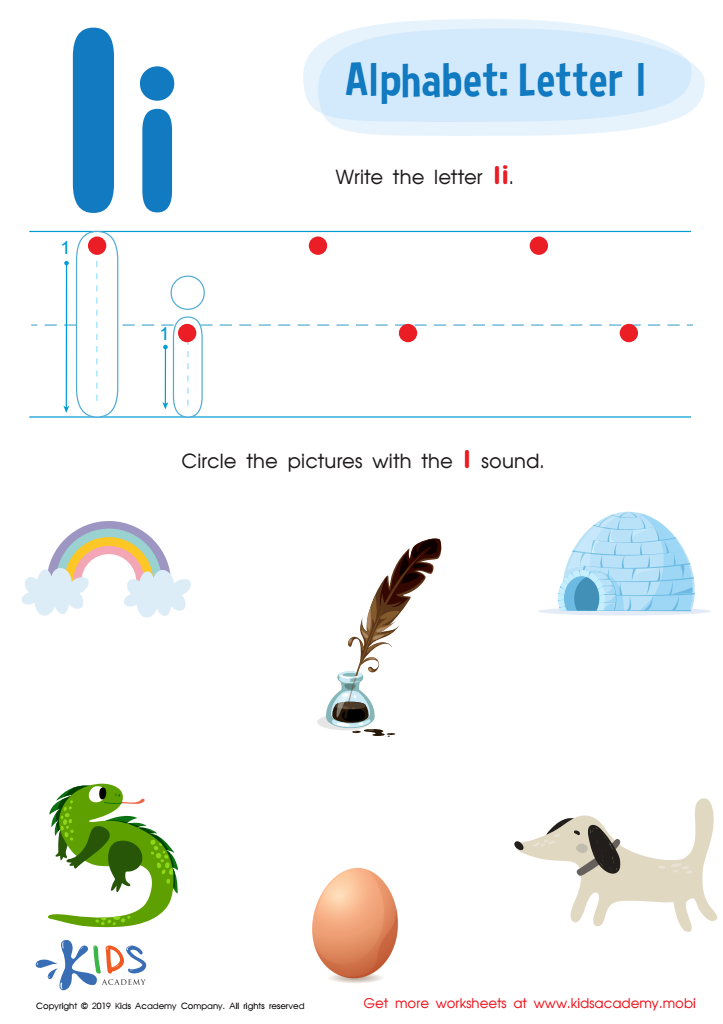

Letter I Tracing Worksheet
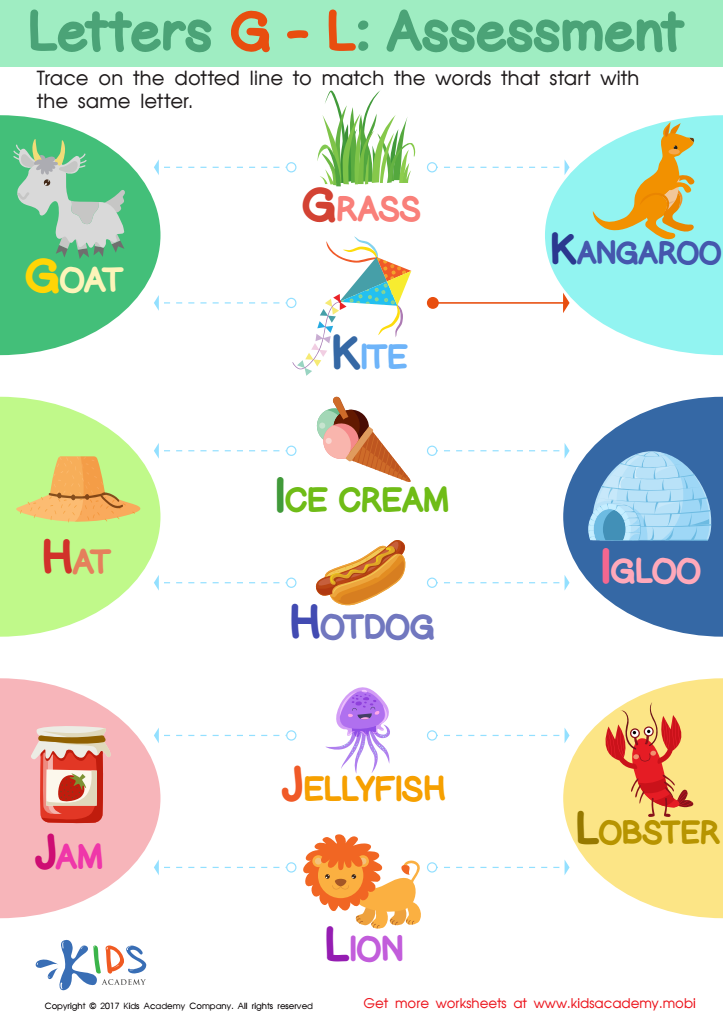

Letters G-L Worksheet
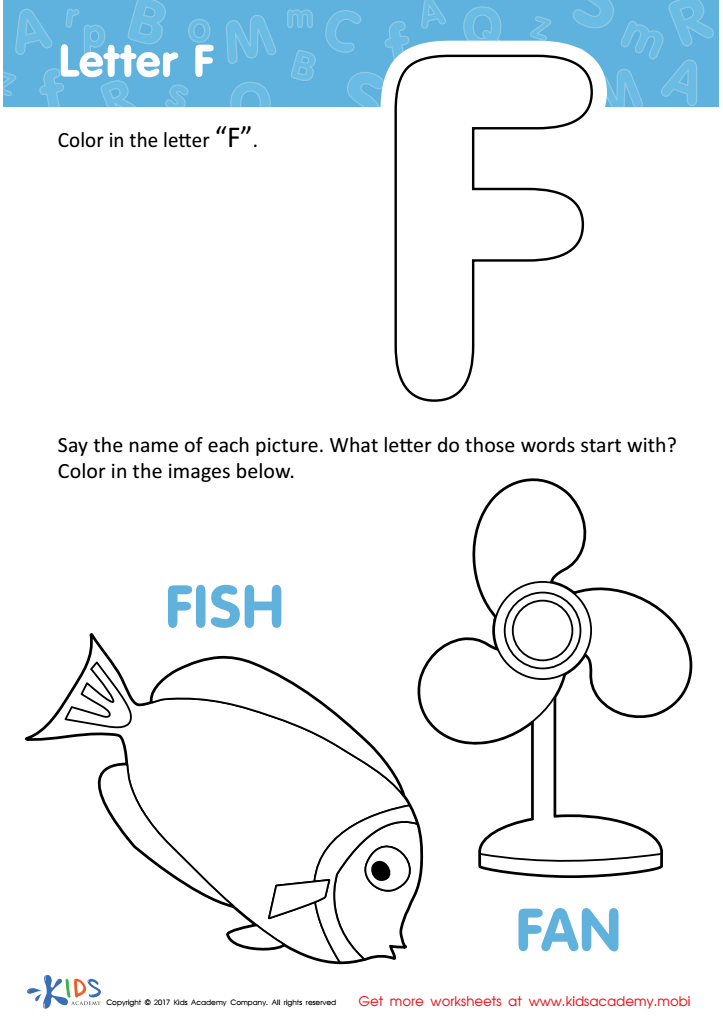

Letter F Coloring Sheet
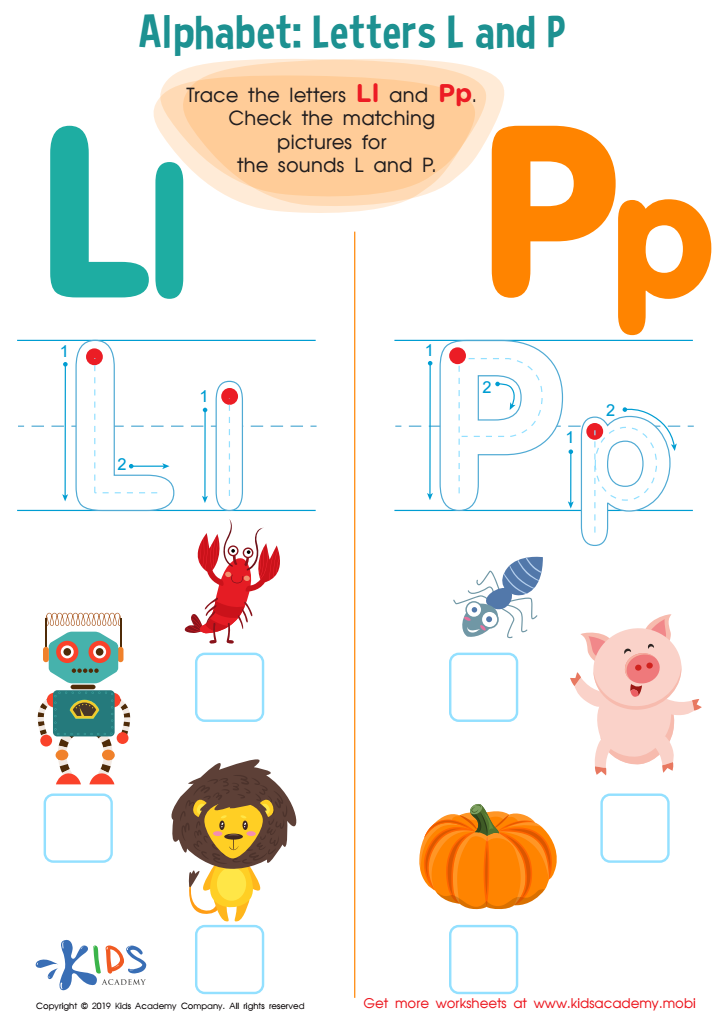

Letter L and P Tracing Worksheet
Letter tracing practice and letter recognition are essential skills for children aged 4-6 as they lay the foundation for literacy development. For parents and teachers, fostering these skills helps children build confidence and proficiency in reading and writing, crucial for future academic success.
At this age, children are developing fine motor skills, and tracing letters not only aids in mastering the shapes of letters but also enhances hand-eye coordination. This practice encourages a positive association with writing, making children more willing to engage in early literacy activities.
Additionally, letter recognition is vital for language acquisition. When children can identify letters, they grasp how these symbols relate to sounds, which is the basis for phonics and spelling. By recognizing letters, children begin to decode words, setting the stage for fluent reading.
Moreover, these skills can boost children's self-esteem and motivation, as they gain a sense of accomplishment from mastering the alphabet. Parents and teachers who prioritize letter tracing and recognition contribute significantly to their children's language skills, creating enthusiastic and confident learners ready to tackle more challenging literacy tasks as they grow. Investing time in these practices fosters lifelong literacy skills that are vital in and out of the classroom.

 Assign to My Students
Assign to My Students





